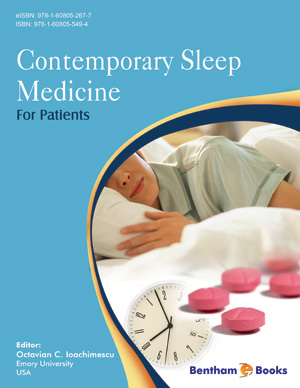Abstract
The word “apnea” means literally "without breath", and thus “sleep apnea” means not breathing while sleeping. Normally, during sleep we do not have pauses in-between breaths. Individuals with sleep apnea often stop breathing completely (apnea) or partially (hypopnea) during sleep for 10 seconds or more and sometimes for more than one minute, which leads to low oxygen in the brain and other organs. Sleep apnea is, therefore, a chronic condition where the normal sleep respiratory cycle is disrupted.
Approximately 25% of adults seem to have sleep apnea of some degree. Men seem to be more commonly affected than women (especially pre-menopausal women). Other risk factors include: older age, overweight or obesity, and having a small mouth, jaw or throat, large tongue or retro-position of the lower jaw. Smoking, alcohol, ingestion of sedative medications, chronic nasal inflammation (rhinitis) with obstruction, large neck girth, etc represent risk factors for this disorder.
Sleep apnea can be treated by applying continuous positive airway pressure (CPAP), dental appliances or surgery. The decision to treat and with what specific modality is dependent on a complex interplay of symptoms, co-existent disorders and disease severity. This decision should be made by the patient in conjunction with the healthcare provider, preferably a specialist in Sleep Medicine who has enough experience in diagnosing and treating this condition.






















